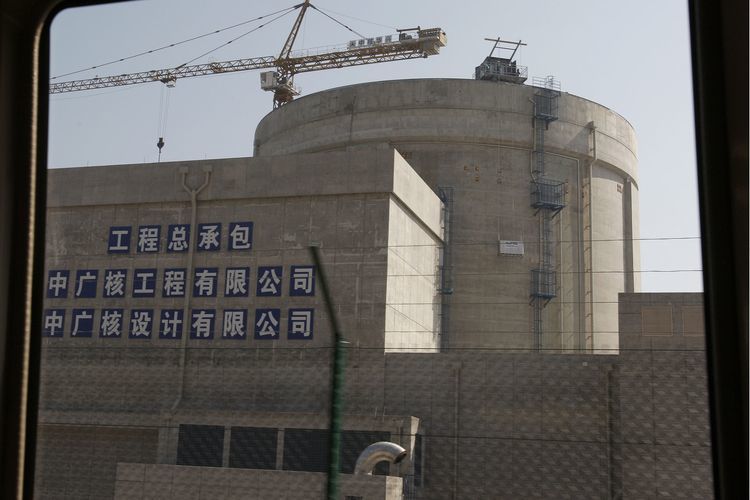
China’s rapid nuclear expansion will result in it overtaking the US as the nation with the largest atomic power capacity by 2026, according to BMI Research.
The world’s second biggest economy will almost triple its nuclear capacity to nearly 100 gigawatts by 2026, making it the biggest market globally, analysts said in a note dated January 27.
The nation added about eight gigawatts of nuclear power last year, boosting its installed capacity to about 34 million kilowatts, according to BMI.
China has committed to boosting nuclear power, which accounted for about 1.7 per cent of its total generation in 2015, to help reduce reliance on coal, which accounts for about two-thirds of the country’s primary energy.
The nation has 20 reactors currently under construction, according to the International Atomic Energy Agency. Another 176 are either planned or proposed, far more than any other nation, according to the World Nuclear Association.
Georgina Hayden, head of energy and renewable research at BMI said: “We expect growth to continue and China to emerge as one of the largest nuclear markets globally in terms of total installed capacity over the coming decade, as the huge pipeline of reactors that are planned, proposed or under construction gradually comes online.
“Furthermore, by expanding its own domestic nuclear sector, the country will develop the expertise to export nuclear capabilities and nuclear technology abroad.”
Exporting Technology
China General Nuclear Power Corp., along with its fellow state-run nuclear giant China National Nuclear Corp., is seeking to sell and build nuclear power plants across the globe as part of the country’s efforts to export technology and surplus production capacity as it copes with a slowing domestic economy.
Coal’s share in the nation’s energy mix will gradually fall to just under 54 percent by 2026 from its current 70 percent, according to BMI.
Joseph Jacobelli, an analyst at Bloomberg Intelligence, said: “Nuclear additions are unlikely to slow in terms of absolute amount given the urgent priority to shift the generation mix away from thermal coal, today still over two thirds of output.
“Unlike solar and wind, where the construction cycle is typically short, nuclear’s longer planning and construction timing allows for the nation’s grid to better prepare the network and ensure dispatch and stability.”
Recommended for you
